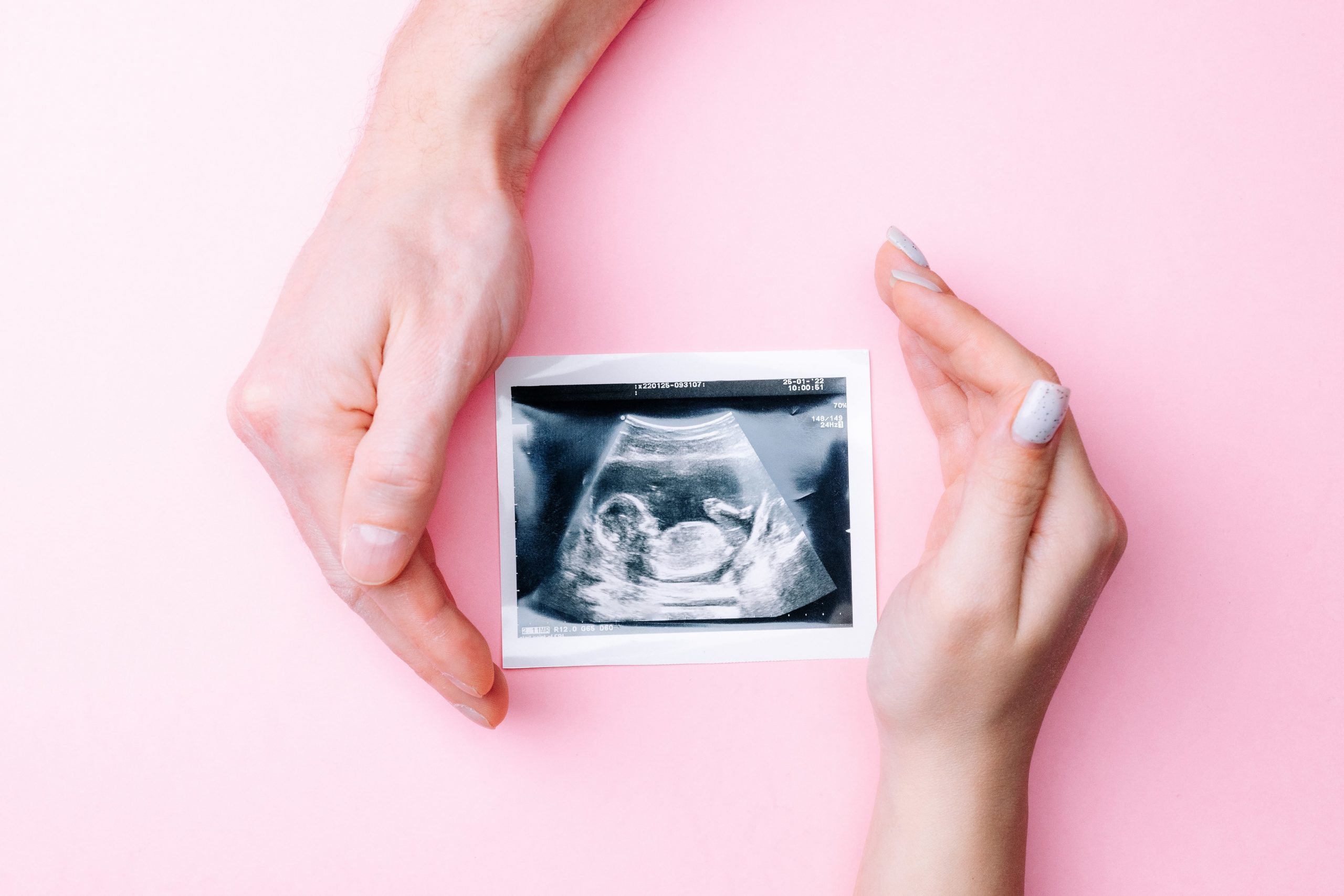
Endometrial Cancer

Safe Surgical Treatment For Every Woman
Many conditions affecting the reproductive organs may go unnoticed till the patients suffer severe symptoms like bleeding and pain. Advanced gynaecological surgeries can help women get back to normal. So, Motherhood hospital's gynaecological programme ensures that women get the advantage of a timely diagnosis and effective treatment that includes advanced gynaecological surgeries wherever necessary.
Dr Suhasini Inamdar, Consultant, Obstetrics and Gynaecology at Motherhood hospitals, Indiranagar talks about a few conditions and the advanced treatment for them:
Endometrial Cancer
Endometrial cancer arises from the cells that make up the endometrium, which is the lining of the uterus. This type of cancer is known to affect 3-4 per 100, 000 women in India, according to a study published in the US-based Journal of the National Cancer Institute in October 2017. The 15-year study, across 43 countries, conducted by researchers from the American Cancer Society and International Agency for Research on Cancer found that endometrial cancer was more common among postmenopausal women. One of the most common signs of cancer of the endometrium is bleeding after menopause.
Symptoms
- Vaginal bleeding/post-menopausal bleeding
- Pelvic pain
- Irregular menstruation
- Bleeding between periods
The condition can be diagnosed through a hysteroscopy. One of the patients who presented with endometrial cancer at Motherhood Hospital was a 50-year-old woman with a history of breast cancer.
Around 15 years ago, the patient had undergone a procedure to remove a lump in her breast. At that time, doctors had also performed an oopherectomy (a surgical procedure to remove the ovaries) on her to prevent cancer from recurring. Later, she was diagnosed with hyperthyroidism and was taking radioactive iodine as treatment. As a result, she became hypothyroid.
Treatment
When she consulted us this year, she had severe post-menopausal bleeding. Because of the hypothyroidism, the patient had become obese. We did a hysteroscopy and found that the endometrial lining was thickened considerably. The best option is to do a laparoscopic hysterectomy. The risk was high because of the patient's weight and her earlier procedures, said Dr Inamdar.
Laparoscopic hysterectomy is a minimally-invasive procedure to remove the uterus. It is carried out with the help of a laparoscope, a thin lighted tube with a camera at the end. Small incisions are made near the navel and the lower abdomen; the device is inserted through one of them and the surgeon performs the procedure by seeing the images beamed from the camera on a screen.
In this case, the expertise of the doctors at Motherhood ensured that the surgery had a successful outcome. The patient also made a quick recovery as blood loss and pain was minimal.
Related Blogs

NT Scan During Pregnancy: A Crucial Early Screening Test for Your Baby's Health
Read More
Boosting Fertility: A Guide to Conception Calculators and Ovulation Tracking
Read More
Understanding Different Types of Vaginal Birth Delivery
Read More
How to Treat and Prevent Brown Discharge
Read More
Endometriosis Understanding, Diagnosing, and Managing the Condition
Read More
Emotional Support During IVF Treatment
Read More
Understanding Gestational Diabetes: Insights from Dr Shruthi Kalagara
Read More
Urinary Tract Infection (UTI) in Pregnancy
Read More
Early Pregnancy Care for New Pregnant Women: Expert Advice | Motherhood Hospitals
Read More
Body Positivity Tips Post C Section (Cesarean Delivery)
Read MoreRequest A Call Back
Leave a Comment:
View Comments
Previous
Next
HELLO,
Stay update don our latest packages, offer, news, new launches, and more. Enter your email to subscribe to our news letter


 Toll Free Number
Toll Free Number








No comment yet, add your voice below!